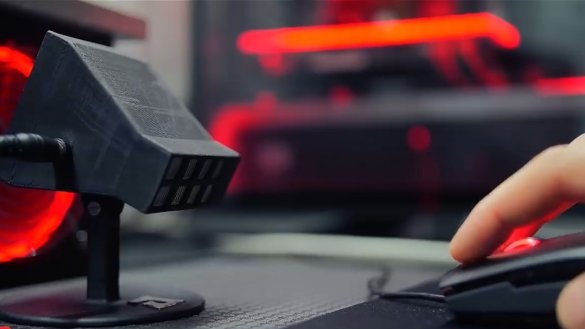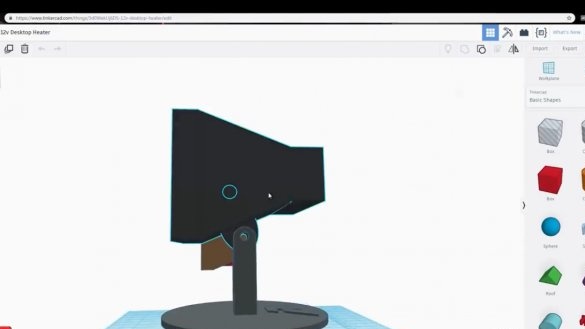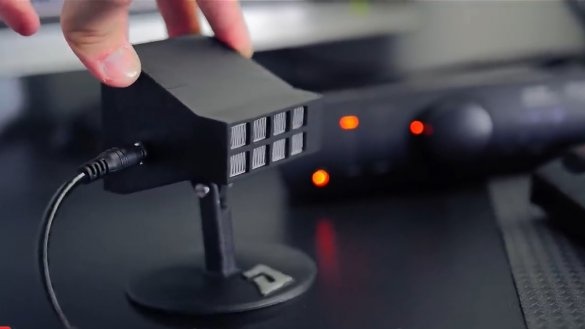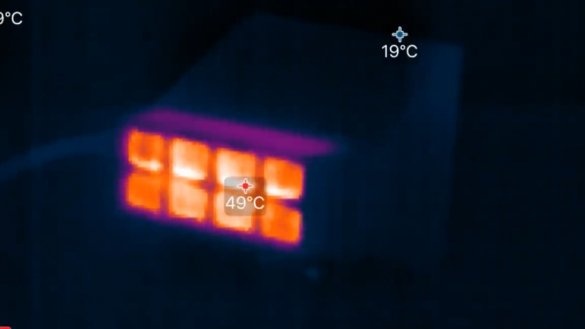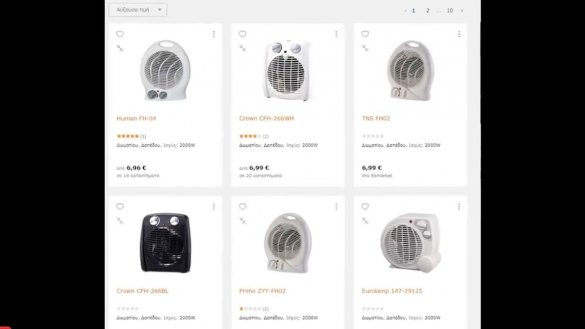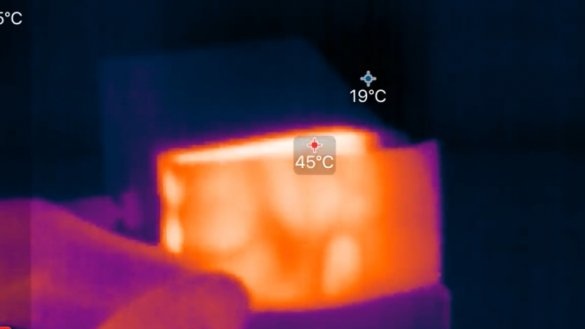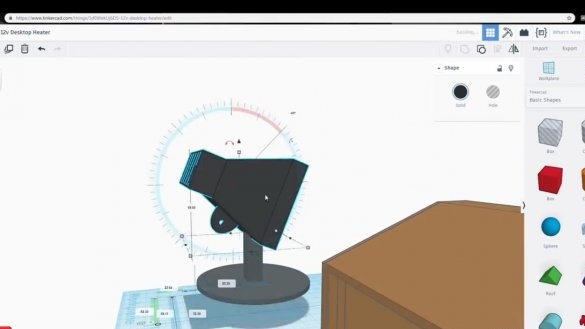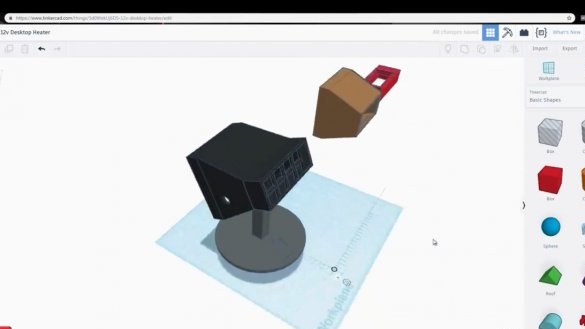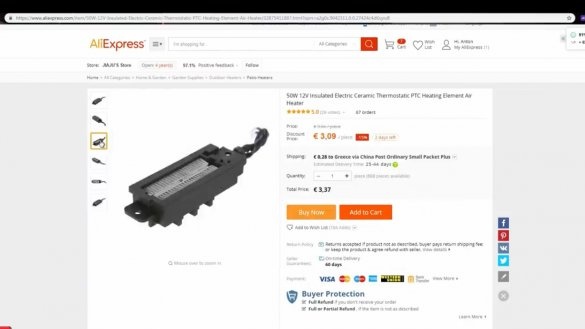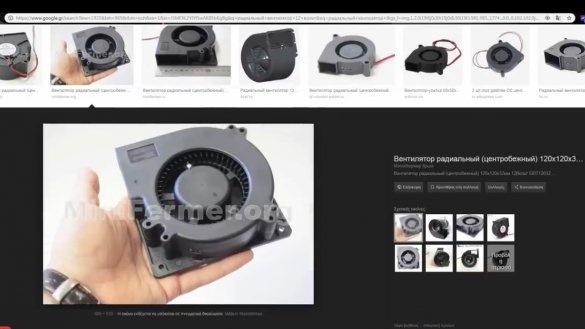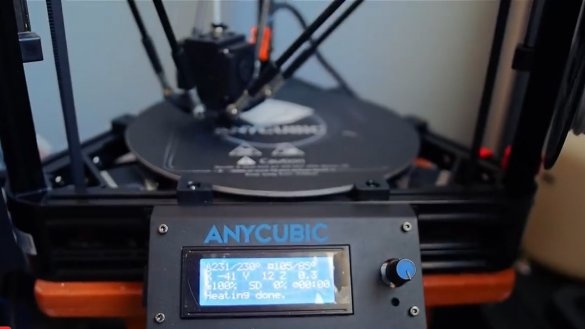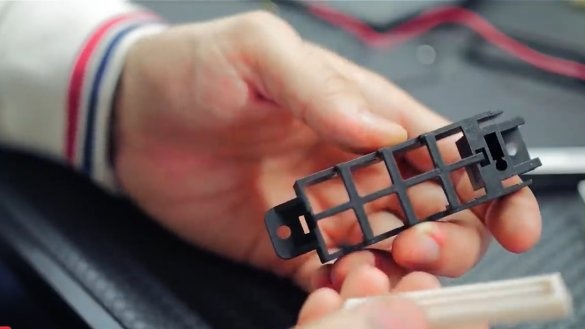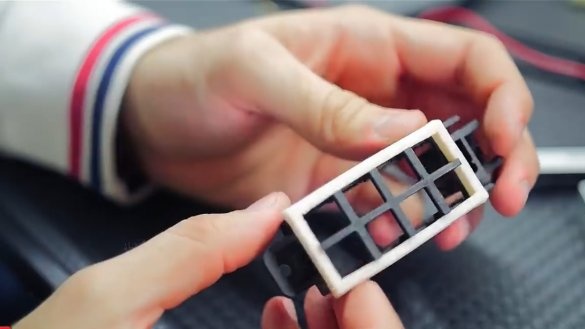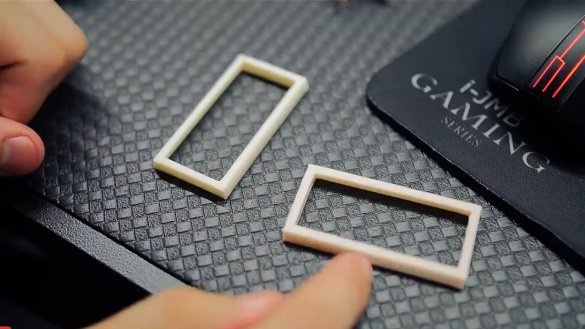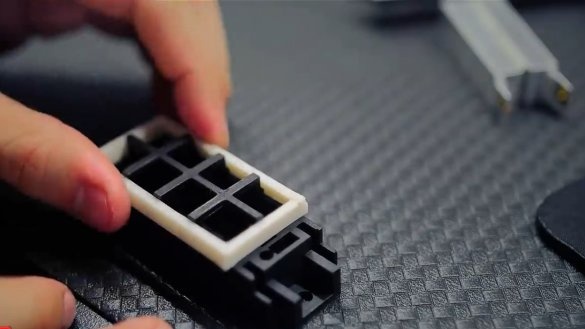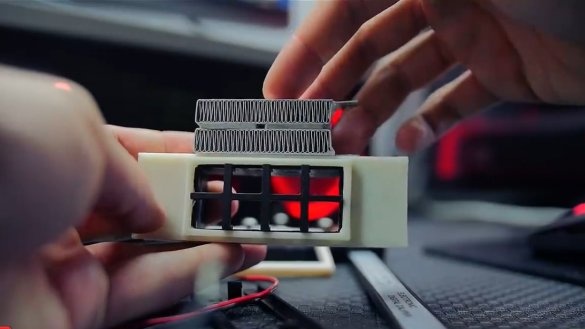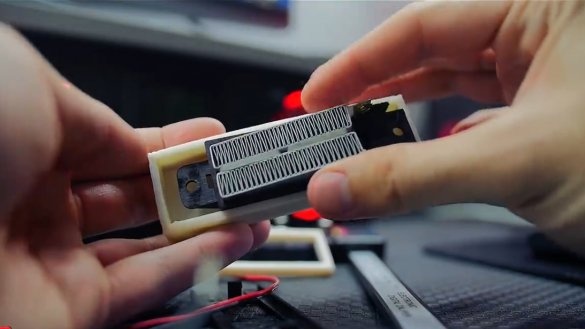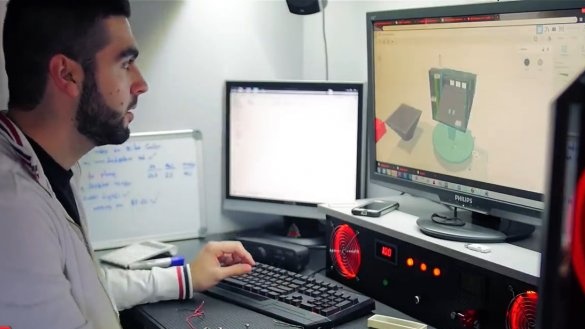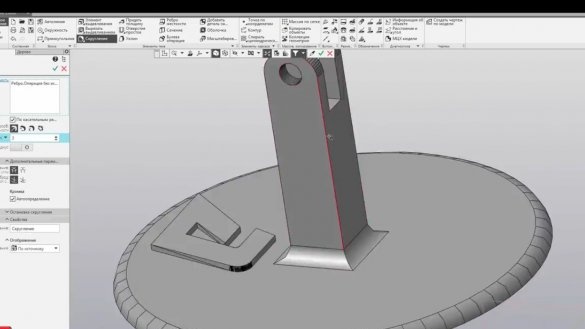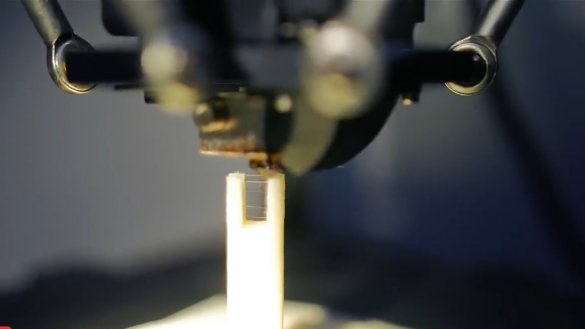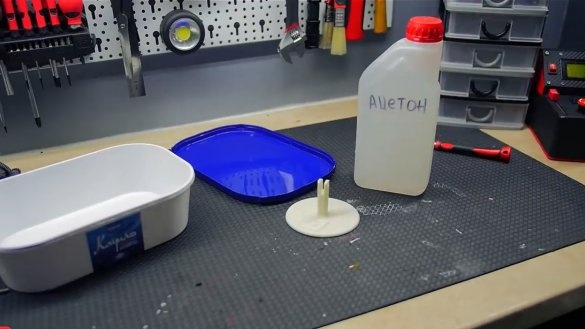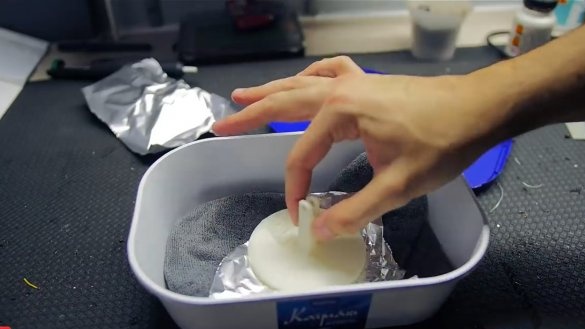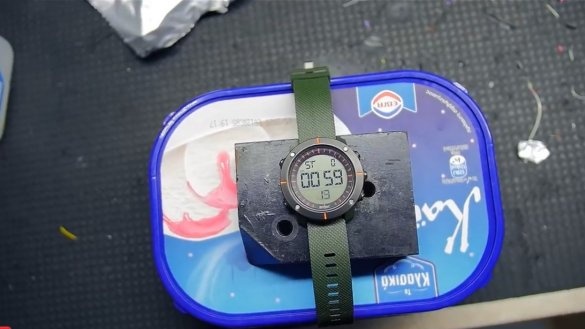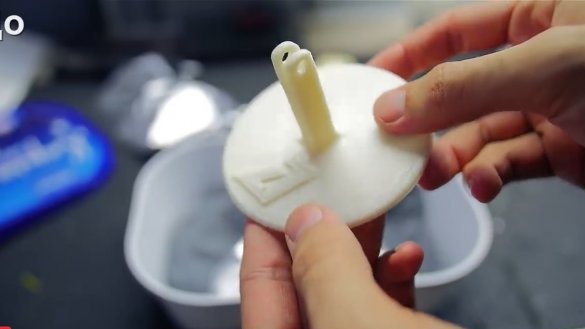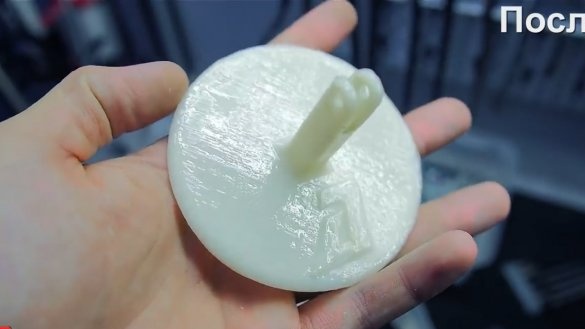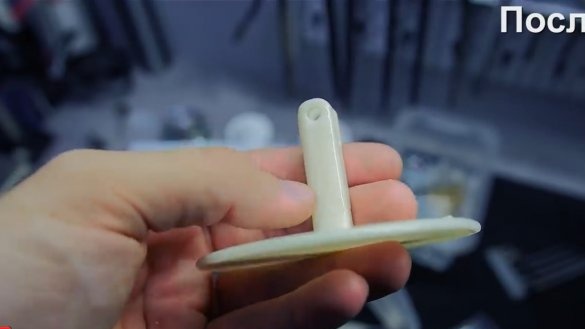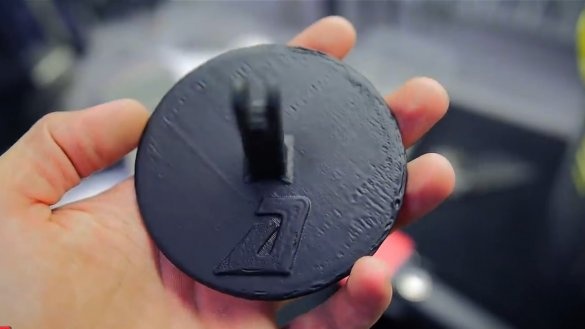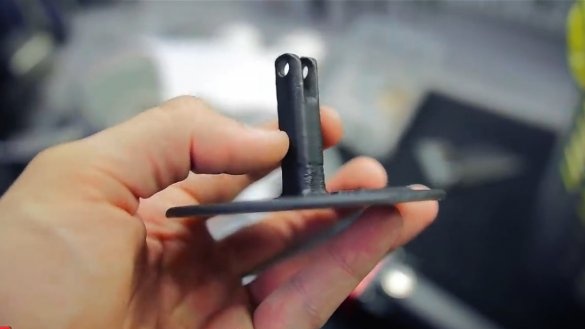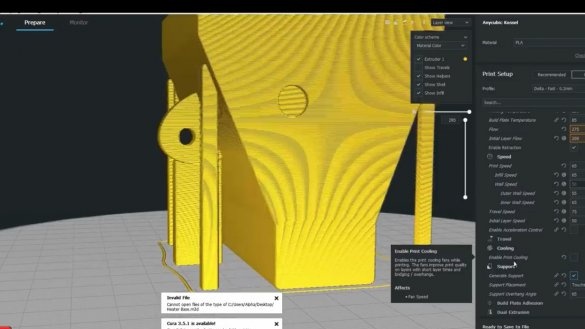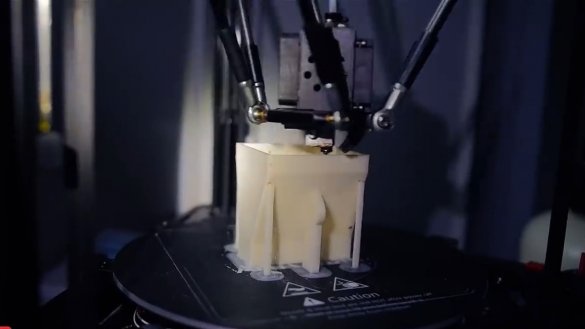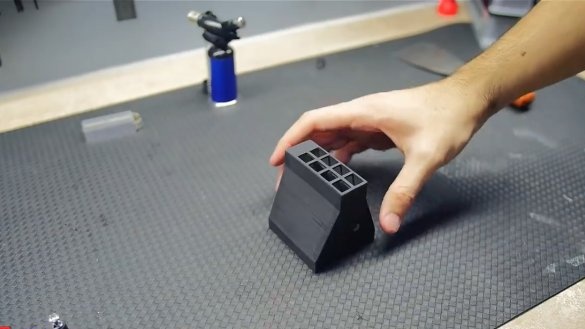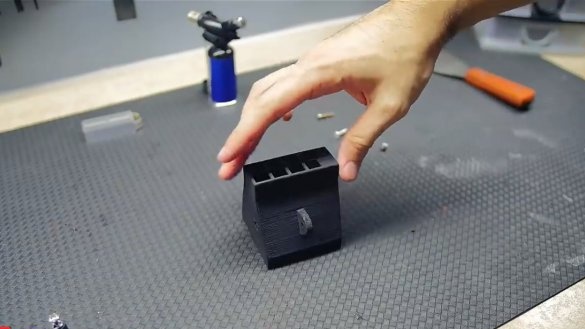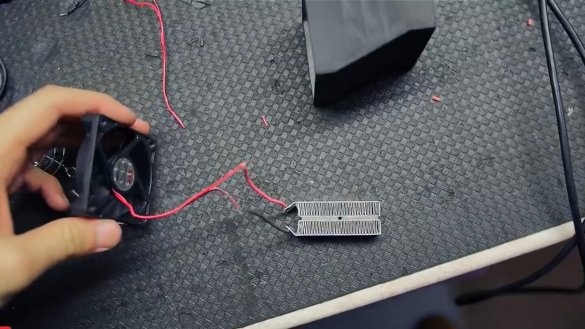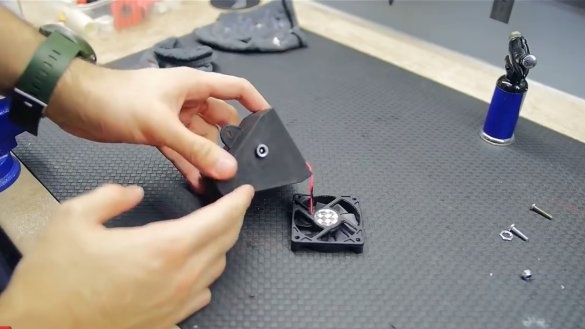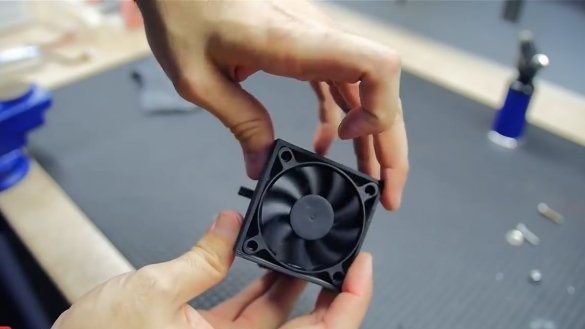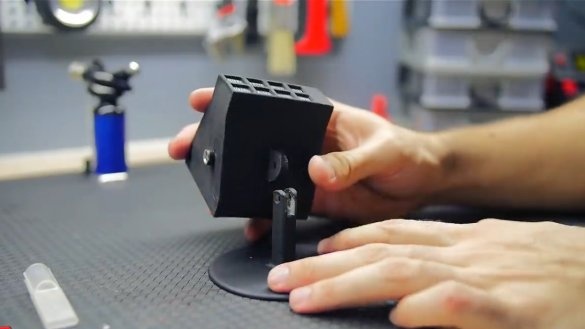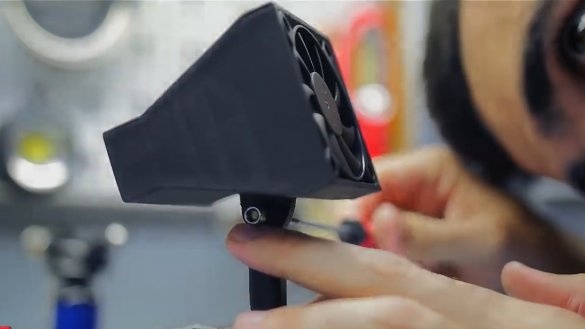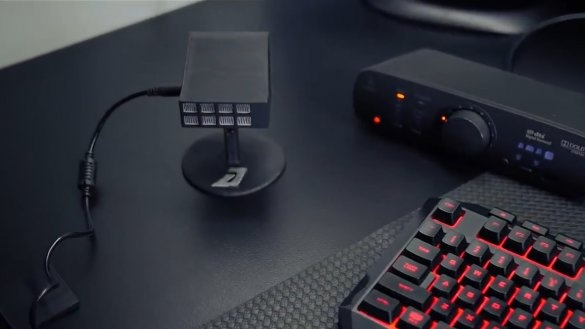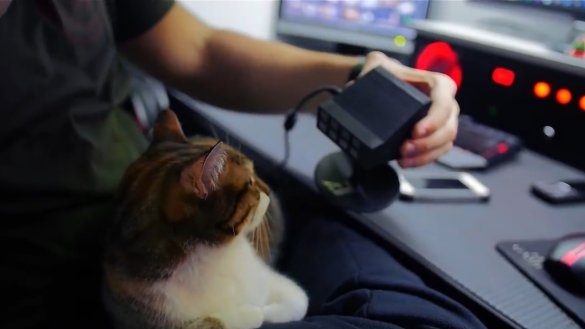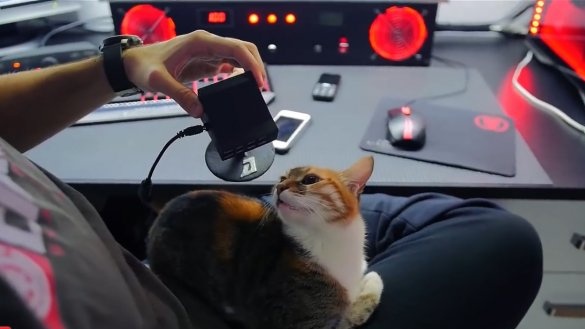Today we have a super simple project from the author of YouTube channel Alpha Mods. We will make a desktop mini stove.
Let's start. So the idea itself is pretty simple. It means that we have a casing, we drive air into the casing with a fan, this is on the one hand, and on the other hand, at the outlet, air passes through a heating element. That's all. The inlet air is cold and the outlet air is hot.
The stove works in the author’s workshop and similar heaters on the same principle:
The main advantage of this design is that the heating of the room is almost instant.
But the minus is that this furnace is not a heat accumulator, that is, when turned off, the heating instantly disappears.
Before you is 3d model today's project, which is nothing more than a semblance of a miniature, but quite a working desktop stove. You can download the finished 3D model HERE.
It is powered by a DC power source with a voltage of 12V and a current of at least 5-6A, since the power of the stove is somewhere in the region of 60W.
Even using a simple fan, the air flow is enough for heating hands, which solves the problem of many people, including the author of this homemade product - cold hands in winter when using a computer.
The author has been using this little thing since the beginning of November of the current year and having already tested it enough, she boldly recommends this model for repetition. If you need more heat, insert a heating element more powerful, plus put a fan is not easy (like the author), and radial and you will be happy.
And now more about this particular construction. The author modeled the case for this homemade product in the tinkercad program.
And this is directly the seal of the base for the head.
But in the future, the first ventilation hole for the release of hot air, which the first time turned out not in size, so the second model appeared, already the right size.
The heating element itself turned out to be small in size; the Chinese simply placed it in a plastic case, which, incidentally, is quite easy to disassemble.
Because of this, the stove again had to be remodeled.
And now, the print is over, it was in ABS plastic.
If someone does not know, ABS plastic can be arranged with a steam bath on acetone in order to round and glue the layers of the print.
True, the author did not have time at the time of making the homemade product, and he was in a hurry.And the result was, to put it mildly, “not very”, but the idea is that the part is placed in a closed case on pieces of foil, rags moistened with acetone are placed around, acetone evaporates, its vapors in an enclosed space begin to act on the ABS plastic, after which it becomes soft and even fluid.
As a result, the layers stick together and the surface becomes glossy.
You can certainly achieve a good result, if of course not in a hurry. The author promises to show it somehow, but not today. Well, today we paint the curve part.
It turns out even worse, but it’s not scary, it doesn’t affect the performance. The most important thing here is to make the right case. It must be printed with ABS plastic, since it has a melting point higher than that of PLA, and we have just the same stove, that is, the temperature. In addition, the part itself is quite high, which means 2 things. Firstly, support, and secondly, because of ABS there are no drafts and table heating.
After printing, the author repainted the blank in black.
Now the wiring went and almost immediately ended. There are only 2 wires, connect the plus or minus of the fan with the plus or minus of the heating element and output the “jack” for power. All.
The heating element itself tightly enters the nozzle of the stove.
The same goes for the “jack” for power, and the same for the fan.
In the entire structure we use only one m4 screw. It is necessary for fastening the head to the base.
Everything, the stove is ready. It's time to experience it. In general, we stick a wire with a “jack” - the stove has turned on, the heat has gone, everything is as simple as possible.
There is basically nothing to break in this design. Well, with the situation with cold hands on the mouse or keyboard, this thing (according to the author) really helps.
Well, that’s all. Thank you for attention. See you soon!
Video:

